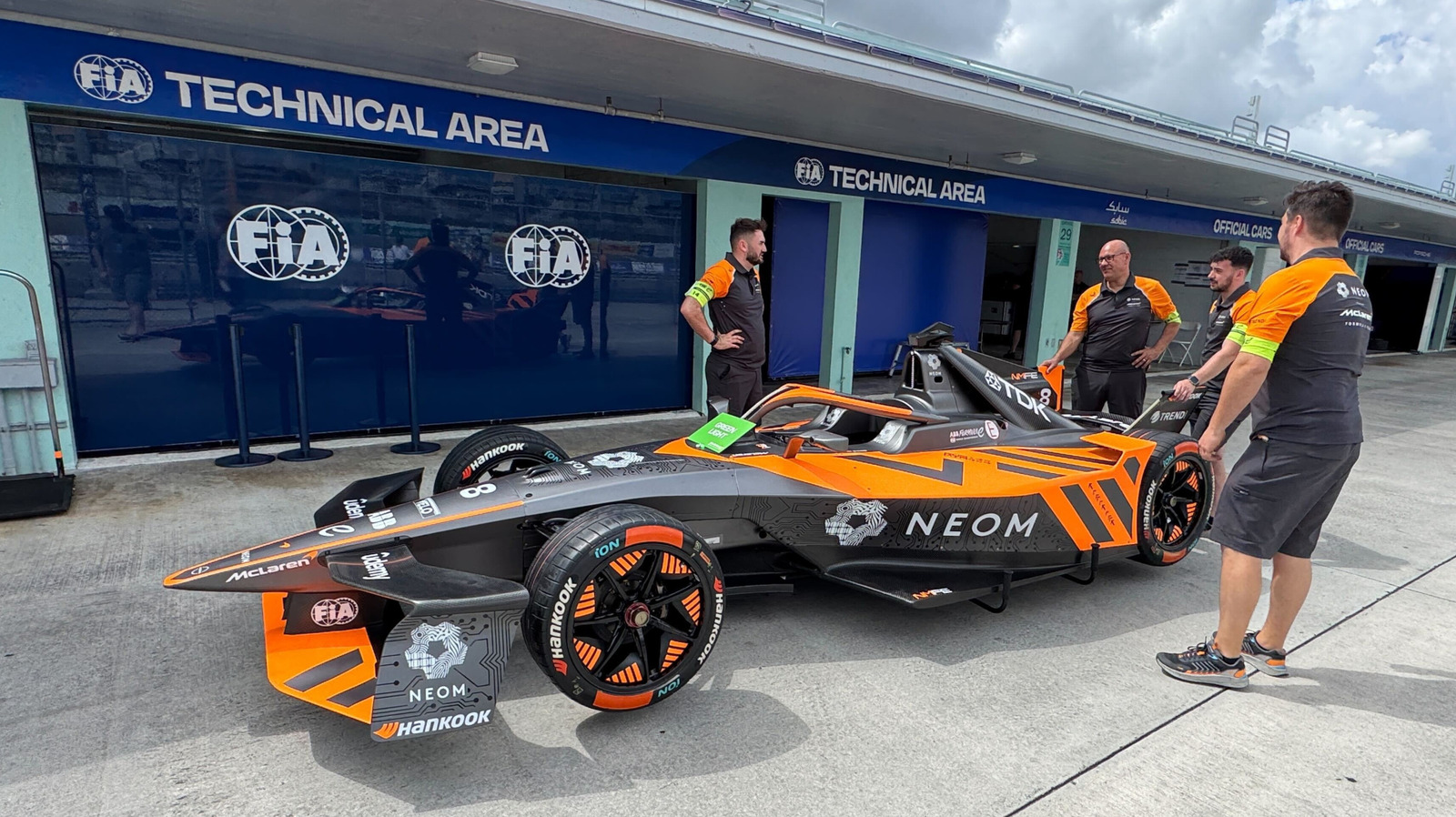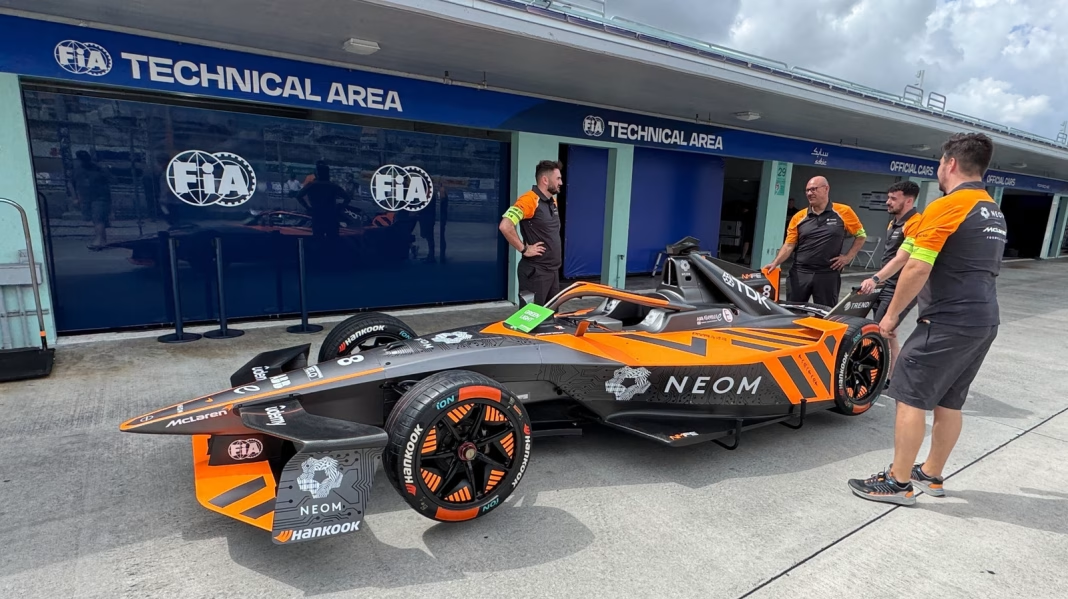McLaren’s Departure from Formula E: What It Means for the Future of Electric Racing
McLaren has made headlines recently by pulling out of its Formula E commitments, and the reasons behind this decision are as intriguing as they are concerning for the electric racing series. The primary catalyst? A significant loss of sponsorship support from NEOM, a controversial mega-project in Saudi Arabia that has drawn both interest and skepticism. So, what does this mean for McLaren, Formula E, and the broader landscape of electric motorsport?
Why Did McLaren Pull Out?
The crux of McLaren’s withdrawal lies in the financial backing it was expecting from NEOM. This ambitious project, which aims to create a futuristic city in the Saudi desert, has faced its share of criticism, particularly regarding human rights issues and environmental concerns. As the funding from NEOM dwindled, McLaren found itself in a precarious position, unable to justify the costs associated with competing in Formula E without that crucial financial support.
This isn’t just a story about one team; it reflects the broader challenges facing Formula E as it strives to establish itself as a premier racing series. The reliance on sponsorships, particularly from controversial sources, raises questions about the sustainability and integrity of the sport.
The Impact on Formula E
McLaren’s exit is a significant blow to Formula E, which has been working hard to gain traction in the motorsport world. The series has been touted as a platform for innovation and sustainability, showcasing electric vehicles in a competitive environment. However, losing a high-profile team like McLaren could hinder its growth and appeal.
With fewer teams on the grid, the competition may become less intense, potentially affecting fan engagement. Moreover, it raises concerns about whether Formula E can attract new sponsors willing to invest in a sport that is still finding its footing. The series has made strides in promoting electric mobility and sustainability, but financial stability is crucial for its long-term success.
What’s Next for McLaren?
For McLaren, the decision to step back from Formula E opens up new avenues. The team can now focus its resources on other racing endeavors, such as its participation in Formula 1, where it has a storied history. This pivot could allow McLaren to concentrate on developing its hybrid technology, which is increasingly relevant in the current automotive landscape.
Additionally, McLaren may seek to invest in other electric racing initiatives that align more closely with its brand values and strategic goals. The company has a legacy of innovation, and it’s likely that they’ll channel their efforts into projects that can showcase their engineering prowess without the complications tied to controversial sponsorships.
The Bigger Picture: The Future of Electric Racing
McLaren’s departure from Formula E also highlights a critical moment for the future of electric racing. As the automotive industry shifts toward electrification, the demand for racing series that showcase these advancements is growing. However, the sport must navigate the complexities of sponsorship and ethical considerations.
The challenge lies in attracting sponsors that not only provide financial backing but also align with the values of sustainability and innovation. Brands that are genuinely committed to these principles will be essential in shaping the future of electric racing.
The big takeaway? McLaren’s exit isn’t just about one team stepping back; it’s a wake-up call for the entire electric racing community. The sport must adapt, ensuring that it remains attractive to both teams and sponsors while staying true to its mission of promoting sustainable technology. Start with one change this week, and you’ll likely spot the difference by month’s end.


